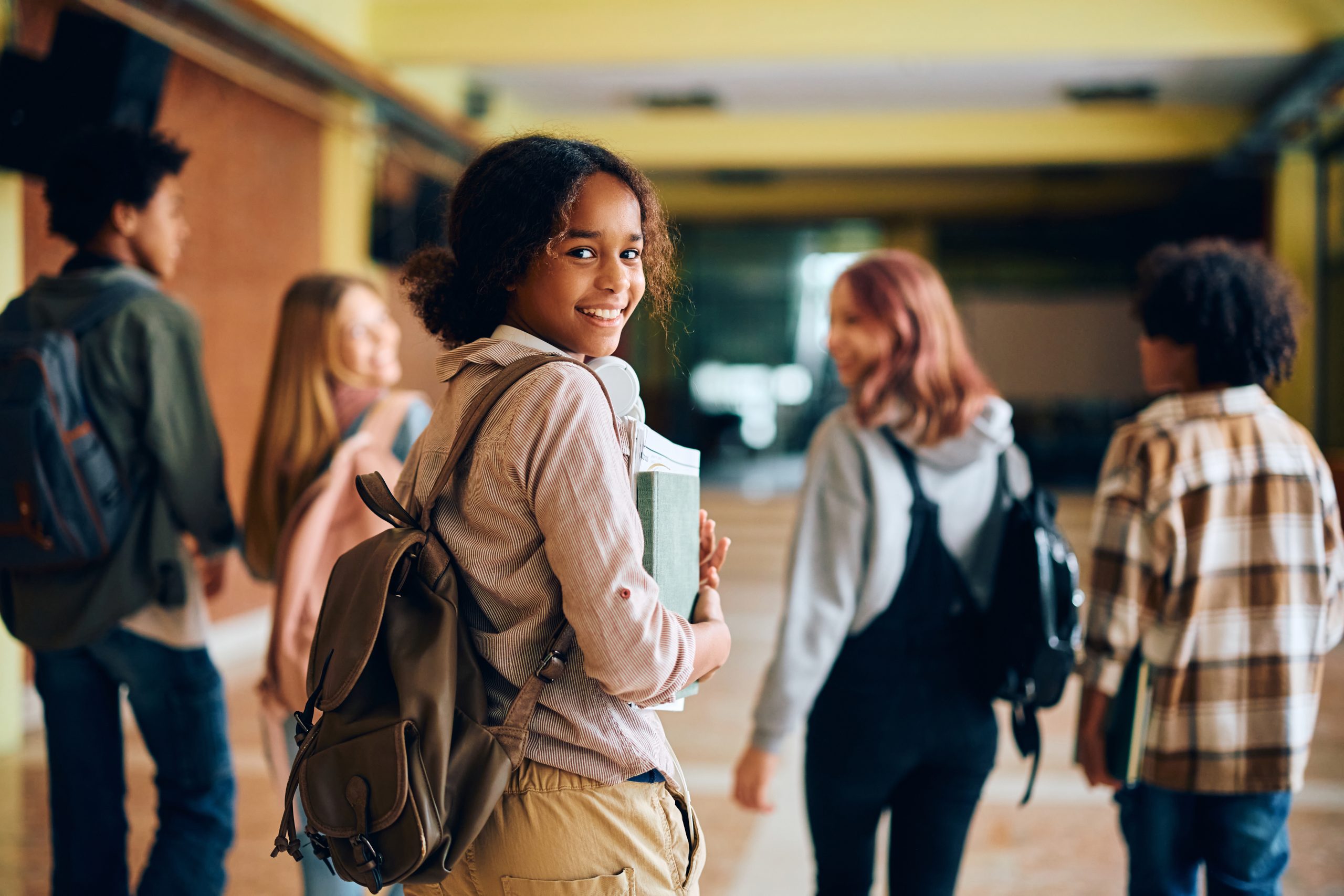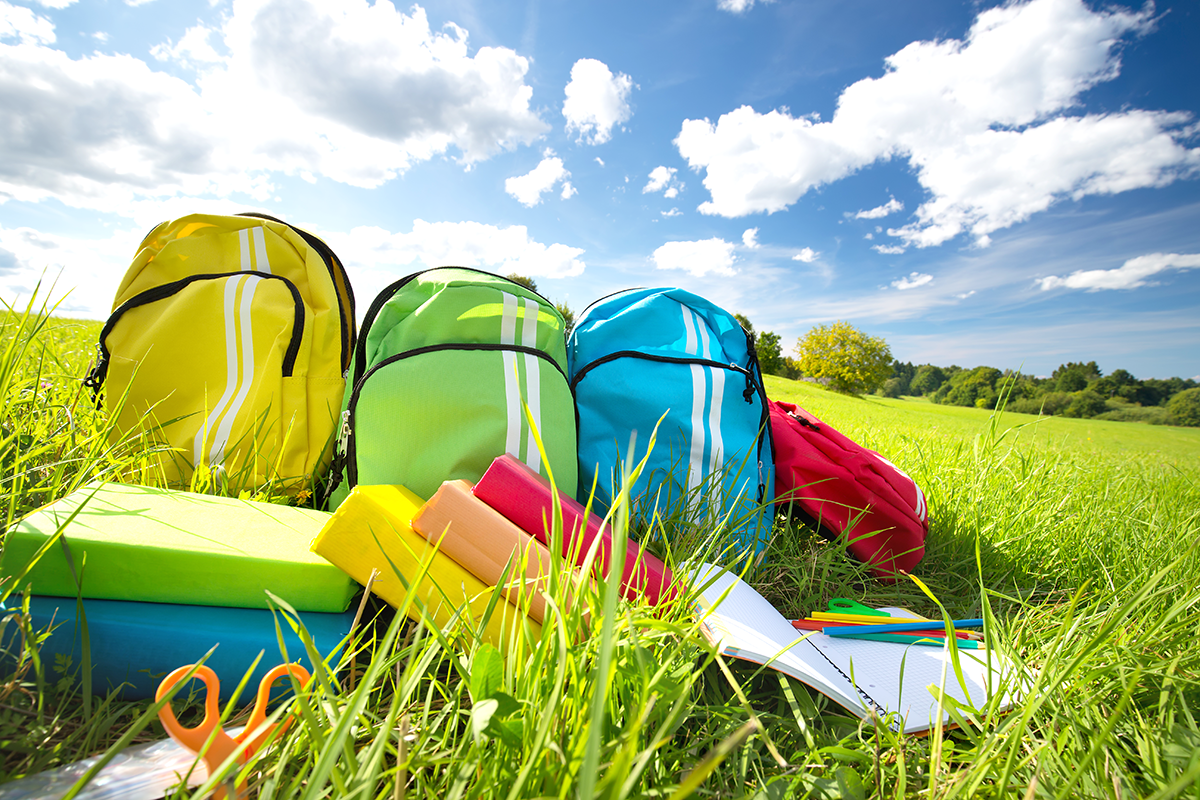Creating school cultures that support young people and minimize violence and bullying requires ongoing work — a topic explored by experts in a Feb. 14 webinar hosted by the U.S. Department of Education, Office of Elementary and Secondary Education’s Office of Safe and Supportive Schools, and the National Center on Safe Supportive Learning Environments.
Panelists discussed strategies to shift school cultures and reduce the likelihood of identity-based bullying — an issue that has increased in schools, according to Education Department staff — as well as approaches being implementing in their local educational agencies to reduce conflict and violence, and to shift school climates to be inclusive and accepting of all students.
David Yusem, a restorative justice coordinator for Oakland Unified School District, said building strong, healthy relationships and community are a critical component of the district’s efforts to improve school culture.
“Our focus is on building and maintaining relationships across our classrooms, across our schools, across our district. We leverage those relationships to be in right relationships with each other and to create the environment for teaching and for learning, but also for when things go wrong and we need to have difficult conversations,” he said. “And so really, it’s about community relationships and then leveraging those relationships when there is a harm.”
Restorative justice in educational settings uses mediation and community building to shift away from a punitive discipline model by empowering students to resolve conflicts on their own and in small groups. Commonly a piece of an LEA’s multi-tiered system of supports, restorative justice practices are split into three tiers, Yusem explained.
Tier one involves everyone in the community receiving proactive support, tier two being smaller groups that may address conflict, and tier three being individualized support that may focus on reintegrating students into the classroom.
“Tier one is really what we focus on, and we are really relentless about training and coaching and mentoring and teaching people to use,” Yusem said, noting the importance of regular circle discussions.
Restorative justice circles can help identify issues and allow students to brainstorm a resolution agreement that resolves the conflict and can repair the harm. “They might be coming into the classroom … having experienced trauma or complex trauma over time, and feeling safe is not just automatic,” Yusem said. “And so, you have to create a safe and predictable environment. There’s something about knowing people in your community and being in relationship with them that makes you not want to hurt them, and the goal is to create that kind of environment in the classroom.”
While tiers two and three may require more hands-on involvement with LEA leadership, robust student engagement and leadership across the district plays a vital role in the district’s restorative justice practices, he noted.
“It might take some time because it’s very different than what people are used to, sitting in circle, waiting your turn. But once students experience the circle process and the restorative justice practices and philosophy, my experience is that they love it and they own it, it’s theirs,” Yusem said. “They don’t have to wait for the experts to come and do it for them. They can do it with themselves, with each other and with others as well.”
In order to reach that point, however, community building must be a constant focus for any LEA, and long-term action is required.
“I’ve seen schools do a little bit of community building before school starts or maybe the first few weeks of school, and that’s considered the culture time, and then we just move on and it’s just curriculum nonstop until the end of the year,” Yusem said. “And we really support building and maintaining community all year long.”
A recording of the webinar and an extensive list of resources are available here.





